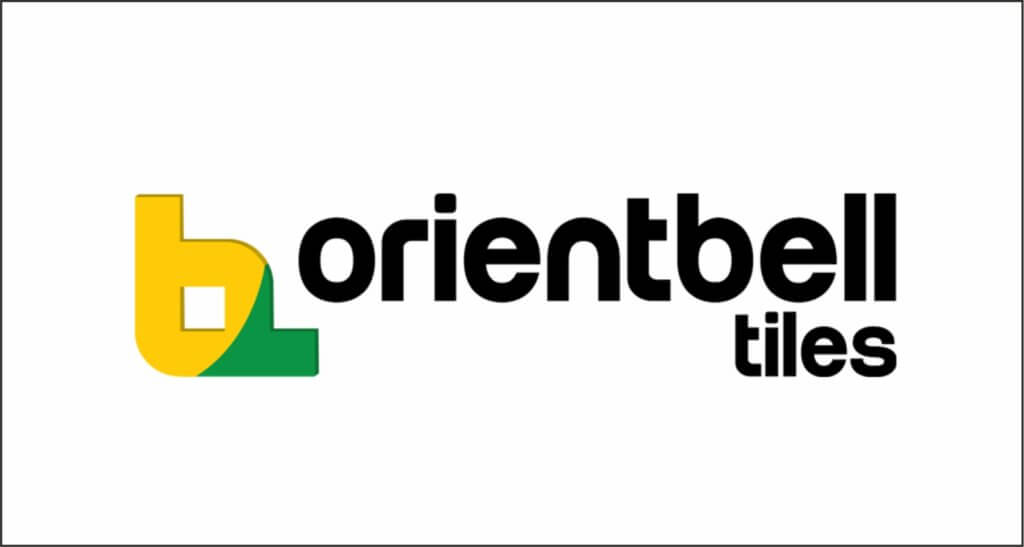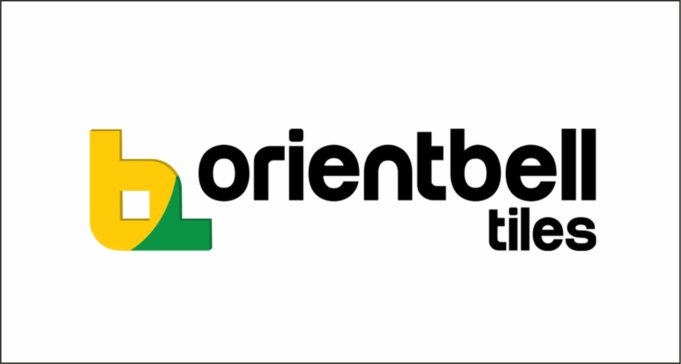
New Delhi, February 2021: Himanshu Jindal, Chief Financial Officer, Orientbell Tiles (https://www.orientbell.com/executive-managers) believes that the budget this time is focused more on investment led measures with higher outlays defined for infrastructure while the tax rate is largely unchanged despite the woes on the deficit front.
Speaking about the Capex proposal, the amount of Rs 5.5 lakh crores to be spent next year is much higher than the revised estimates for the current year with increased allocations for roads, ports, railways, housing, and urban development which is a good measure for overall infrastructure development.
Moreover, the creation of “bad banks” and DFI should aid liquidity, thus helping in the revival of stressed sectors post the uncertainties that clouded most of FY21. The allowance of debt financing of Infrastructure Investment Trust (InvITs) and Real Estate Investment Trusts (REITs) by Foreign Portfolio Investors (FPIs) is a much-welcomed step in the right direction as it would improve their ability to raise more money.
To add to the joy, the announcement of SOPs for affordable housing and real estate, the extension of the tax holiday by another year along with the increase of the eligibility period for claiming additional deduction of interest would help the offtake of affordable housing projects.
On the other hand, for promoting supply of affordable rental housing for the migrant workers, a new tax exemption for the notified affordable rental housing projects has been announced – again a plus for the sector.
Various relaxations have been granted in terms of the acceptable variance between sales consideration and stamp duty value for sale of residential units. All of this shows the willingness of the government to support an ailing sector which by far is one of the biggest contributors to the country – both in terms of GDP and also direct / indirect employment.











